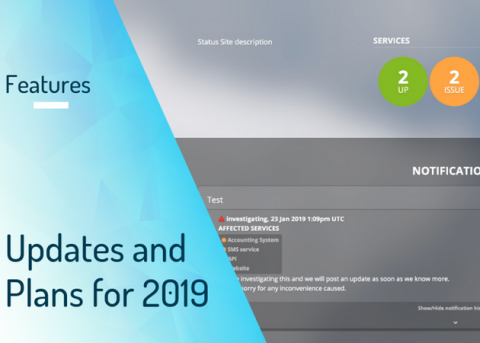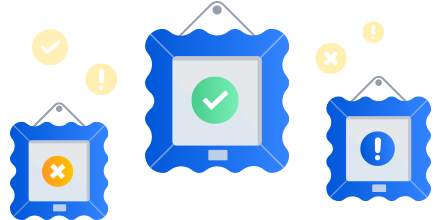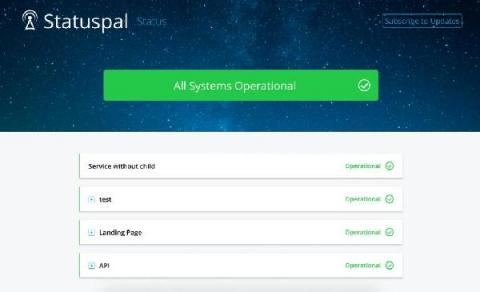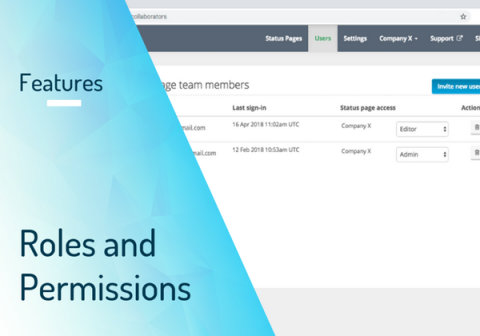DOTComm Case Study
The Douglas Omaha Technology Commission (DOTComm) manages the IT services for the City of Omaha and Douglass County. Founded in 2001 the Organisation brought together the services previously delivered by two separate providers through a merger. This initiative was designed to deliver economies of scale, reduce costs and improve service provision by increasing the capacity of the organization.











